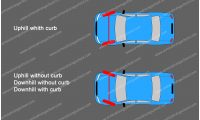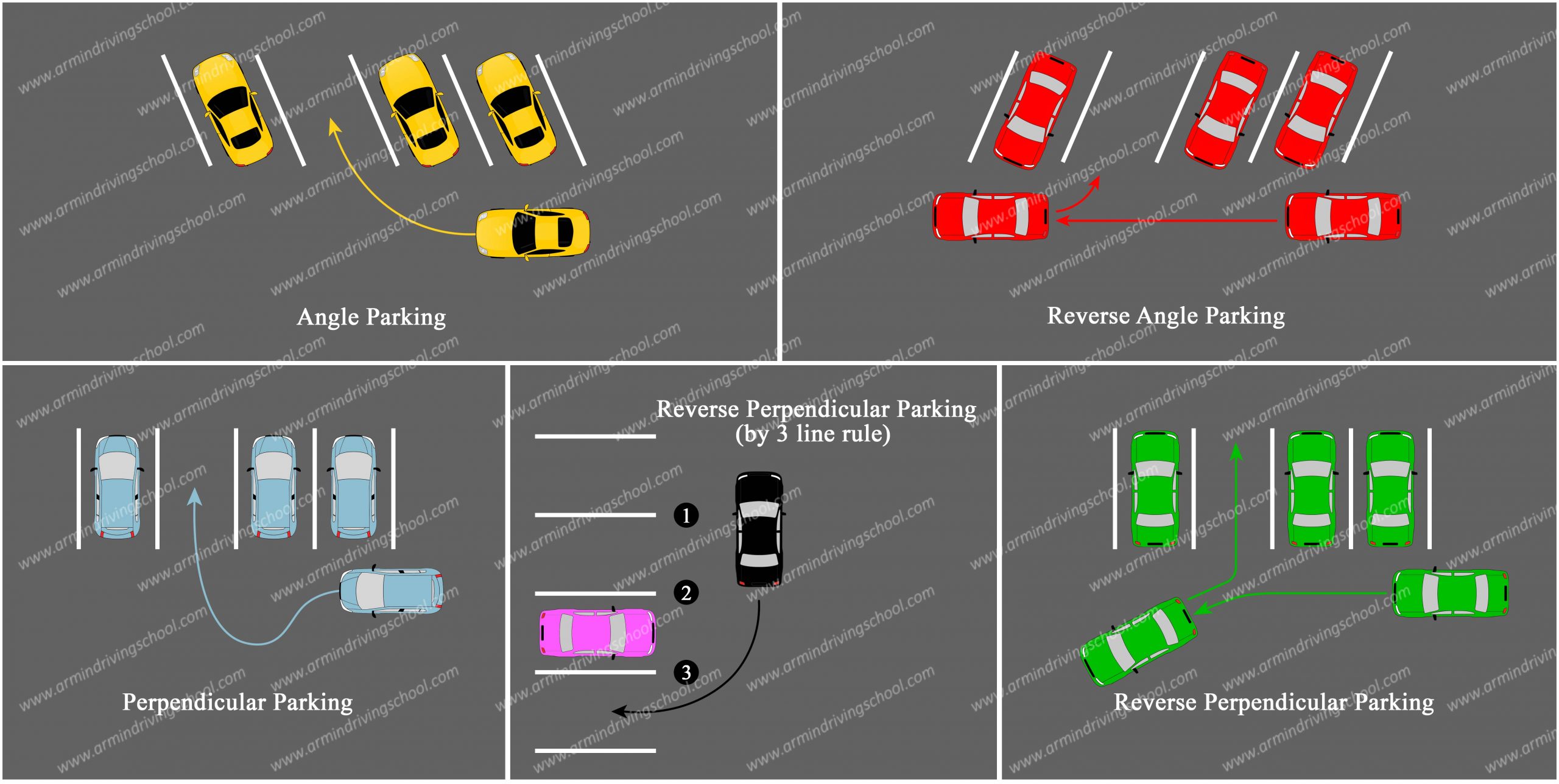You cannot stop, stand or park in the following places:
- on a sidewalk or boulevard
- in front of a driveway
- in an intersection unless permitted by a sign
- on a crosswalk, bridge, elevated roadway or in a tunnel
- contrary to a sign
- on the roadway side of a vehicle already parked
- on a highway for the purpose of advertising or selling
- where parking would obstruct a sign
You must not park, stop or stand within 5 metres of a fire hydrant.
You must not park, stop or stand within 6 metres of:
- the approach side of a crosswalk
- the approach to a flashing beacon, stop sign, or traffic control signal
- the entrance or exit of a hotel, theatre, public meeting place, dance hall, fire hall
- a playground in a rural area.
You cannot park, stop or stand within 15 metres of a railroad crossing.
There are definitions to keep in mind here:
- Stop means that your vehicle’s wheels have ceased to turn
- Stand means that you are in the process of exiting, loading or unloading a stopped vehicle
- Park covers all other circumstances
These rules are taken from our Motor Vehicle Act (MVA) which governs the whole province. Drivers must also be aware of municipal bylaws as they can impose parking rules in addition to those found in the MVA.
Our provincial driving manual, Learn to Drive Smart has some parking tips on page 58.
Of course, if you must park somewhere forbidden due to a breakdown, a note on the car and a word to the property owner goes a long way to avoid misunderstandings.


